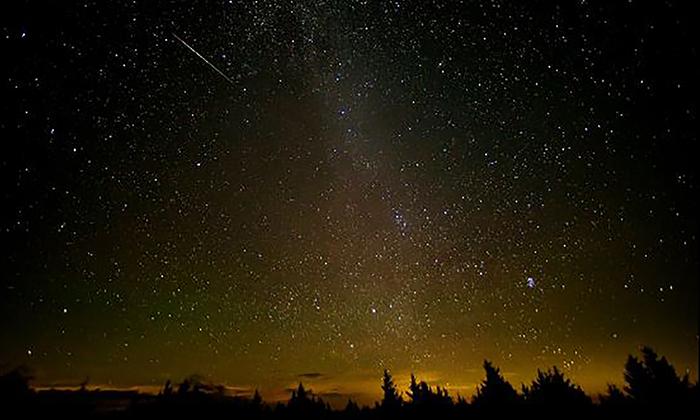The Perseid meteor shower, one of the most popular meteor showers of the year, will face some competition from the Moon this year during its peak.
The shower will peak with the most number of meteors during the late evening hours of Aug. 11 and early morning hours of Aug. 12—which coincides with the last quarter moon phase, or a bright half moon.





